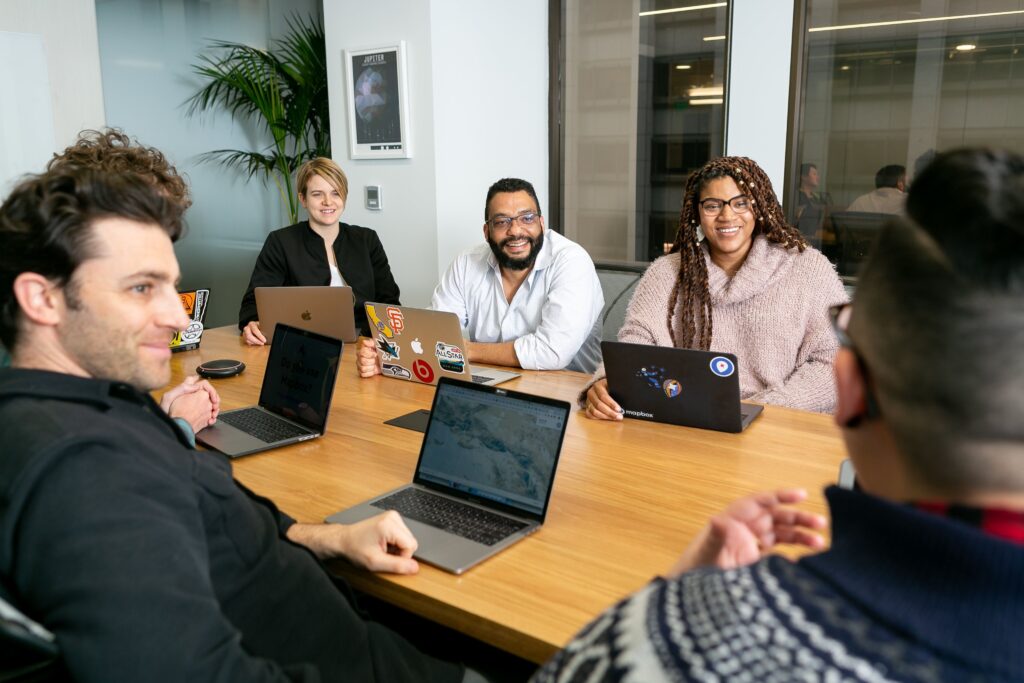
How to be effective at post-election engagement
article
By Massarah Mikati
Communities’ information needs don’t disappear once an election is over. As the Trump administration’s barrage of executive orders, the numerous attacks on First Amendment rights and an increasingly polarized political environment demonstrated after the 2024 election, the emotional weight of the news can weigh heavy. In such times, it’s more important than ever for journalists to serve our communities by providing space for conversation, understanding and connection — a.k.a. engagement journalism.
As someone who was an immigration reporter during the first Trump administration, I know firsthand how challenging it is to keep up with the onslaught of news, and how little time you may feel you have for engagement work. But as someone who has built out deep engagement work in numerous local newsrooms, I can tell you that there will be “R.O.E.” — return on engagement. Engagement ultimately optimizes the efficiency of your workflow because you’re working in collaboration with your communities (the more support, the merrier), producing journalism that is actually relevant and useful for their information needs and building trusting, non-extractive relationships that expand your audience. (If you don’t believe me, check out this independent study that shows exactly that.) Plus, I’ve created resources at Hearken to help cut down your engagement planning time so that you can focus on what matters most: deepening relationships with community members.
All that being said, here are my top tips for how to approach engagement when communities are uncertain of what’s next.
1. Your best is enough
When you’re strapped for time, even a low-lift engagement initiative — such as a newsletter call-out — counts for something, as it allows space for community members to have conversation with you, feel heard and valued, and creates opportunity for them to influence your reporting agenda. Every little effort will ultimately help you reach your goal of better understanding and serving your community.
🛠️ Tools: I know how busy you are, so I created engagement resources just for you. Be sure to check out our Engagement Recipe Cards and Engagement Workout Program to streamline and optimize your engagement work.
2. Prioritize reaching misunderstood communities
The communities least understood are often the ones who have the least trust in news — and that’s what makes it even more important to build relationships with members of those communities and share out their perspectives. When approaching engagement with such communities, it’s important to remember these essential keys to ethical relationship-building and coverage with them:
- Leave your preconceived notions behind
- Complicate the narrative
- Showcase the diversity of experiences and perspectives within communities
- Be transparent about your engagement initiatives, journalistic process and more
- Make room for feedback
🛠️ Tool: Check out these resources I drummed up with guidance on all things engaging communities of color.
3. Take care
There’s no question that we’re living in contentious times. In moments like these, it’s important to move through engagement with a foundation of compassion — because all people want, at the end of the day, is to feel cared for. Remember that engagement is relationship-building, and relationships are two-way streets. By exhibiting empathy and genuine care, your engagement will be non-extractive and you’ll be able to foster more trust.
4. Protect vulnerable communities
If you want to pursue an engagement event or initiative with members of at-risk, vulnerable communities, such as those targeted due to their immigration status, proceed with caution.
- Make sure the communication channels you use to communicate with people are secure. WhatsApp and Signal are great messaging applications to use that provide end-to-end encryption and privacy, adding a layer of safety for community members.
- Promote events carefully. Don’t publish physical locations publicly, lest law enforcement agencies get ahold of the information. Rely on word of mouth, trusted community organizers and the above protected messaging applications to promote any events.
- Protect community members’ identities. Revise your newsroom policies to allow for anonymity, don’t publish images that show people’s faces, and consider following the example of these student journalists at Purdue University by also removing names and images from your archives.
5. Remember the purpose of engagement
The whole point of engagement is to allow community members to shape and direct your reporting. Take their feedback seriously (not defensively) by implementing it into your journalistic approach and coverage. Get comfortable with being uncomfortable by allowing your perspectives to be challenged. Be open to new ideas that will shift the status quo to be more equitable. Remember that collaboration with community members makes our journalism stronger.
